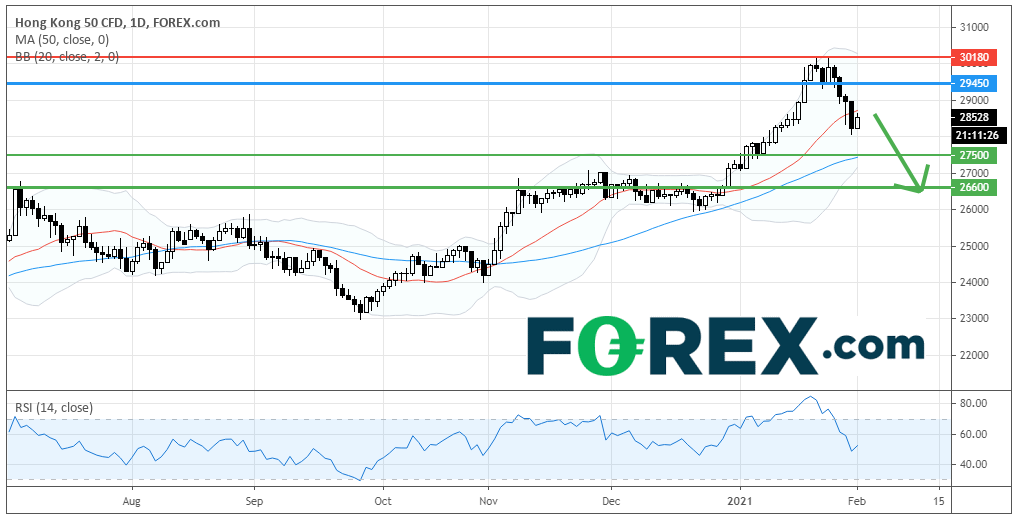
"Trade smarter. Grow faster. Own your edge."
Stepping into prop trading for the first time in 2025 feels like walking into a high-tech trading floor where every screen flashes opportunities from Forex to crypto futures in milliseconds. The industry is more accessible than ever—remote evaluations, AI-powered analytics, tighter spreads—but the flip side is: competition is fierce, risk is very real, and the margin between success and blowing your account is thinner than a candlestick wick during an NFP spike.
For beginners, evaluating a prop firm isn’t just about picking the one with the biggest payout percentage. It’s about knowing the rules, understanding the risk model, and recognizing how the firm’s structure affects your ability to grow. In other words: it’s the difference between building a long-term income stream and becoming yet another “I almost made it” trader in a Discord chat.
Prop firms in 2025 aren’t all cut from the same cloth. Some work on challenge-based evaluations—you hit a set profit target without breaking drawdown limits, they fund you. Others offer instant funding but with lower leverage or stricter scaling requirements. The evaluation process can be more than just numbers; it’s a stress test of discipline.
Take Forex, for example: hitting a 10% target in EUR/USD sounds simple until an unexpected central bank announcement breaks your strategy. Crypto adds another twist—volatility here can send you +20% in a day or sink you just as fast. Options have their own complexity—theta decay can eat your gains while you’re waiting for a move.
If you’re new, look for:
The biggest rookie mistake in prop trading? Treating the evaluation like a one-off gamble. Firms watch your consistency as much as your profit. A trader who books 2% gains steadily across indices will often have a longer career than the one who drops a 15% win followed by a 12% loss.
Practical tip: simulate your trades before you even accept an eval challenge. Backtest at least 3 months of data in your preferred asset. For example, if you’re focusing on S&P 500 indices, look at how the market reacts to interest rate comments. In prop firm evaluations, surviving is winning—because if your risk management passes their filters, scaling opportunities become a game-changer.
2025’s prop landscape rewards traders who can adapt. Being comfortable in Forex, stocks, crypto, indices, options, and commodities gives you more ways to meet profit targets without being trapped in a dead market.
Say the USD is flat for days—this could stall momentum traders. But if you can switch to crude oil or NASDAQ futures during earnings season, your account keeps growing while others wait. Prop firms love versatile traders; they’re the ones who stay funded.
In an era of decentralized finance, scams have evolved alongside innovation. Some “firms” are just marketing fronts for subscription traps. Check reviews, confirm payout histories, and see how transparent they are with rules.
Many reputable prop firms now use smart contracts for trade logging and payout processing—meaning funds can be released automatically when goals are met, without human delay. This reduces disputes but also demands that you read and understand the contract terms before trading.
AI integration is another game-changer: automated journal analysis, trade pattern recognition, and even personalized coaching based on your metrics are becoming standard offerings. A good prop firm should feel like an investment partner, not a faceless competition host.
DeFi in prop trading adds incredible flexibility—instant funding through stablecoin payouts, tokenized assets bringing exotic commodities to your dashboard—but it’s still a frontier. Liquidity gaps, sudden regulatory changes, and blockchain network congestion can directly affect your trades. Smart prop firms are building hybrid models, keeping traditional payment rails as backup while embracing decentralized options for speed and low fees.
In the years ahead, expect more AI-driven trade recommendations, enhanced automated risk controls, and possibly direct integration of smart contracts with exchange APIs for real-time evaluation updates. The goal? Faster onboarding, more transparent rule enforcement, and fewer disputes.
Virtual reality trading floors might sound like sci-fi, but they’re coming—imagine walking into a simulated Wall Street from your living room, with live crypto charts on one side and commodity tickers on the other.
If you’re starting a prop firm evaluation in 2025:
"Pass the challenge, own the capital, trade your future."
That’s not just a slogan—it’s the mindset. Prop trading isn’t about playing the markets for fun; it’s about building a disciplined, adaptable skill set in one of the fastest-evolving industries in finance. 2025 could be the year you stop being a retail trader and start running capital like a pro.




